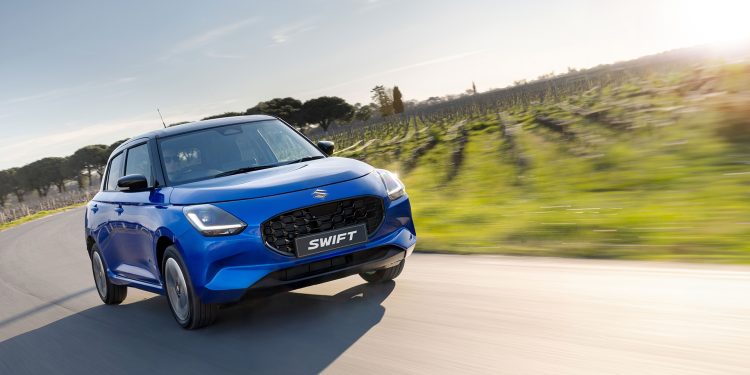Suzuki Swift – First drive
Words NZ Autocar | Images Suzuki New Zealand
In a year where climate crisis seems to have been usurped by the cost of living crisis, it is rare for a major update to go on sale for the same amount as its predecessor. Rarer still when it goes on sale for even less than its forebear.
But that is precisely what has happened with the new fourth-generation Suzuki Swift. They’re $1000-$2000 less than before, depending on model.
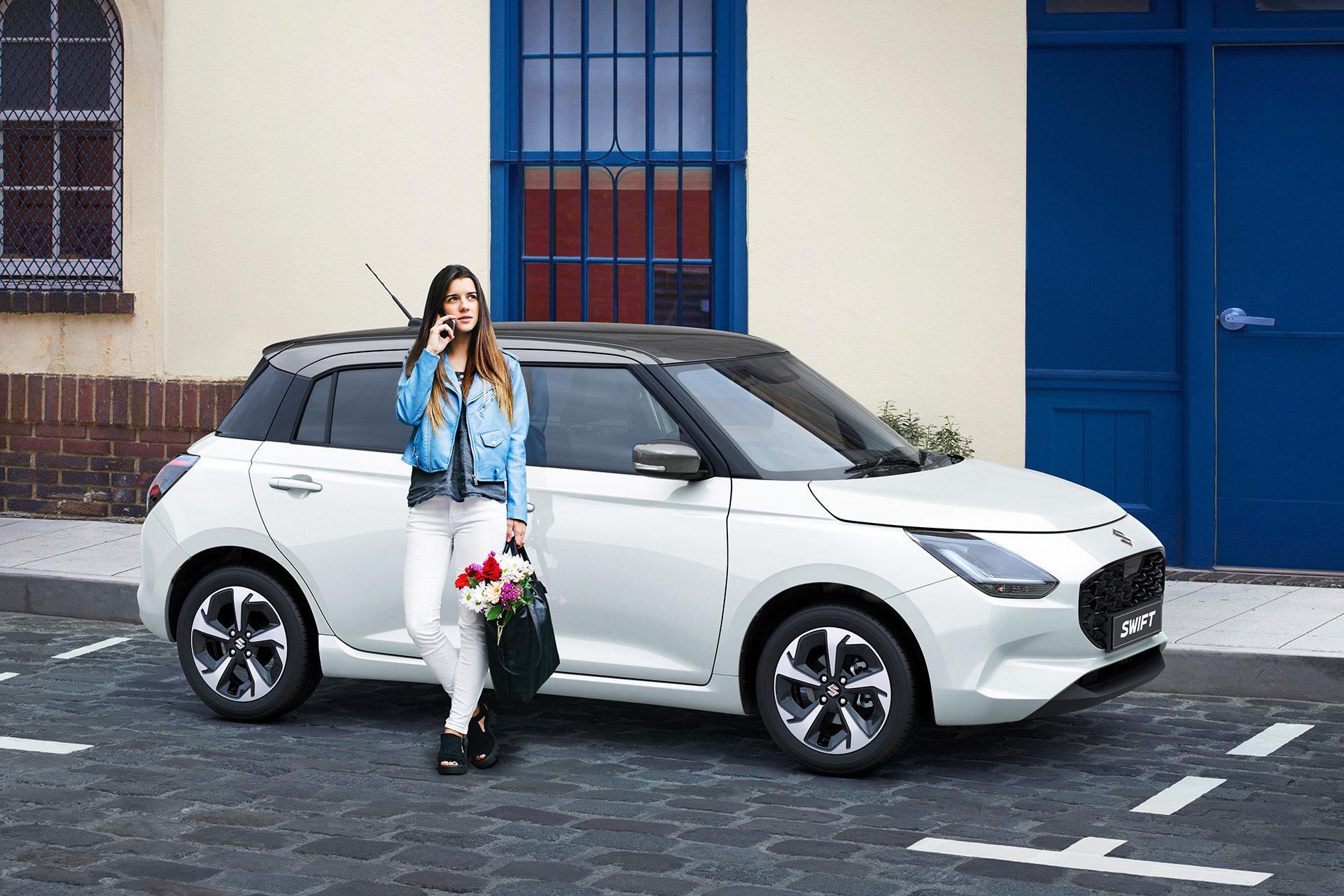
Admittedly, the pricing is “introductory” and Suzuki will not be able to hold it for too long but it’s admirable all the same. The base manual GLS kicks off at $25,990 for the manual and $27,990 for the CVT, while the CVT-only RSC costs $29,990. Suzuki mentioned that’s roughly $7000 less than rivals like Jazz and Yaris.
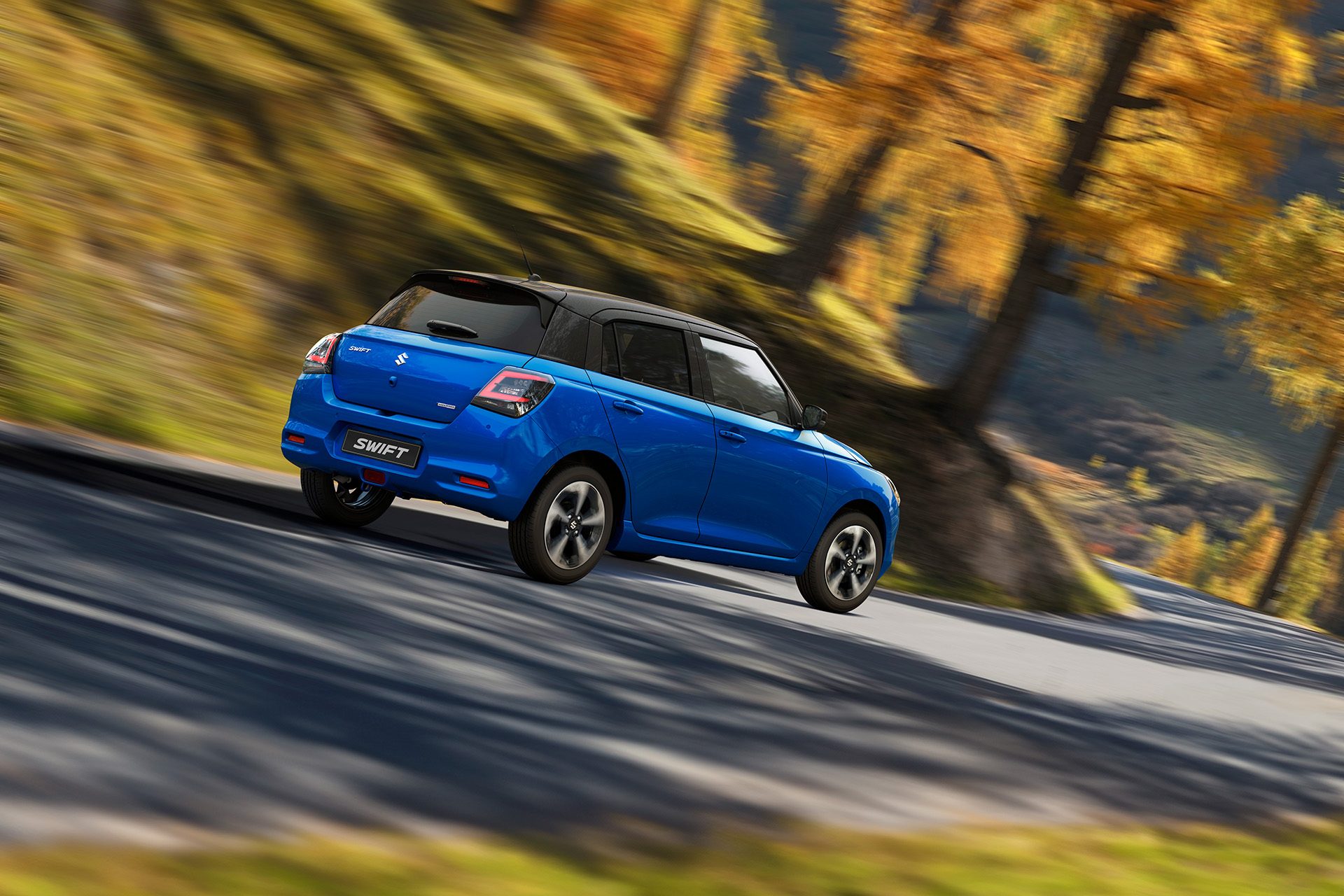
And naturally the newcomer is a step up on its predecessor. It manages the same performance or thereabouts but uses less fuel doing so, reducing emissions. And it achieves this by its mild hybrid status, the only powertrain available now with Swift. The engine is similar displacement to before, at 1.2L, but has lost a cylinder. That means decreased friction losses so less fuel used. Suzuki reckons on a mean fuel use figure of 4.0L/100km (CO2 of 91g/km) for the five-speed manual variant. The claim is 4.3L/100km for the new CVT option (96-97g/km, depending on model).
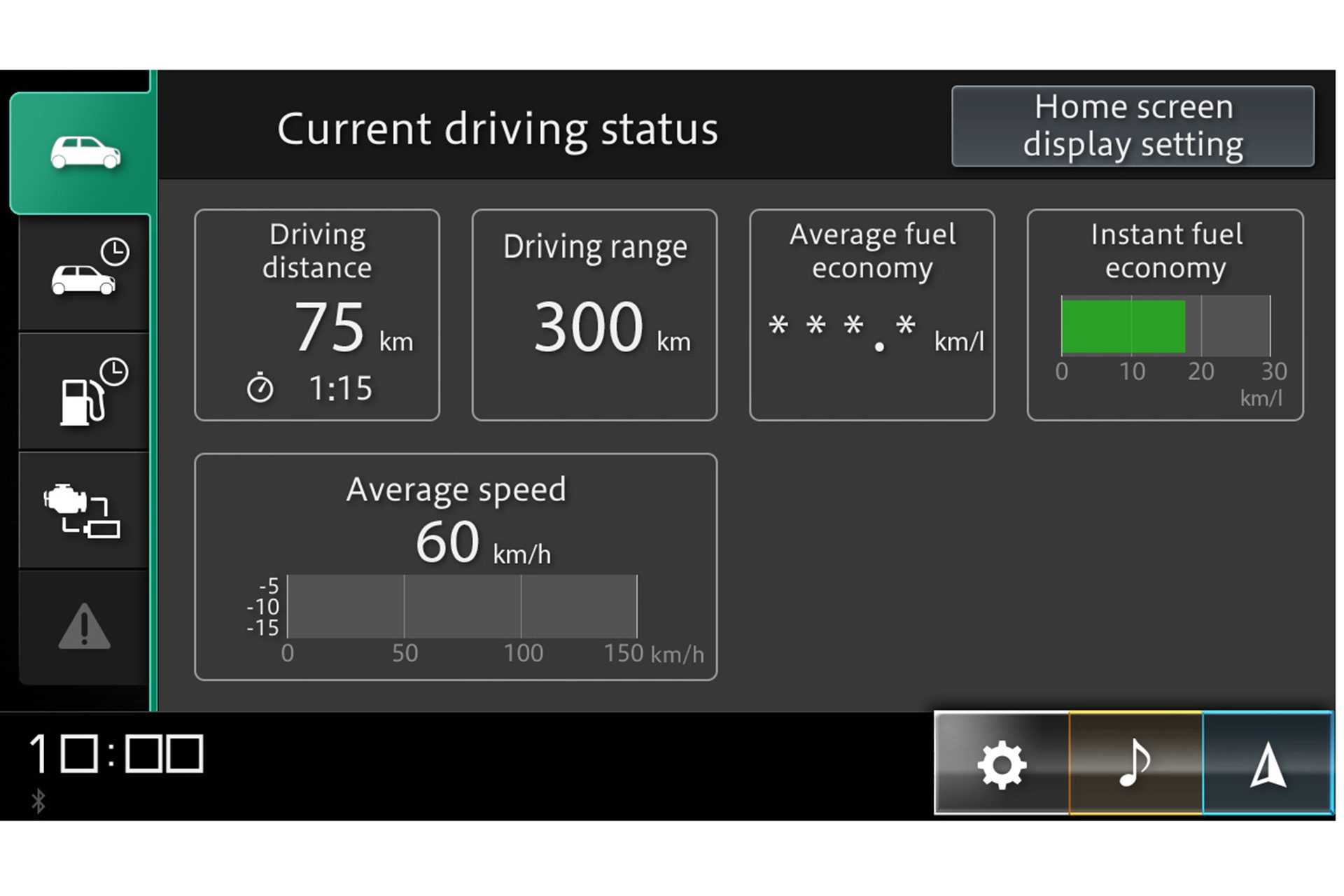
In part the fuel use gains stem from the new shape, subtly different from the outgoing model but still recognisable. There’s almost a hint of retro about it. New rear door handles are lower down, below the beltline, just like the front ones. Tail and headlights are fresh designs. Overall, new Swift it has a more windswept look than before, though Suzuki was unable to offer an exact figure for that. There are multiple underbody deflectors and the like, along with a smoother front bumper and rear wing to aid air flow.
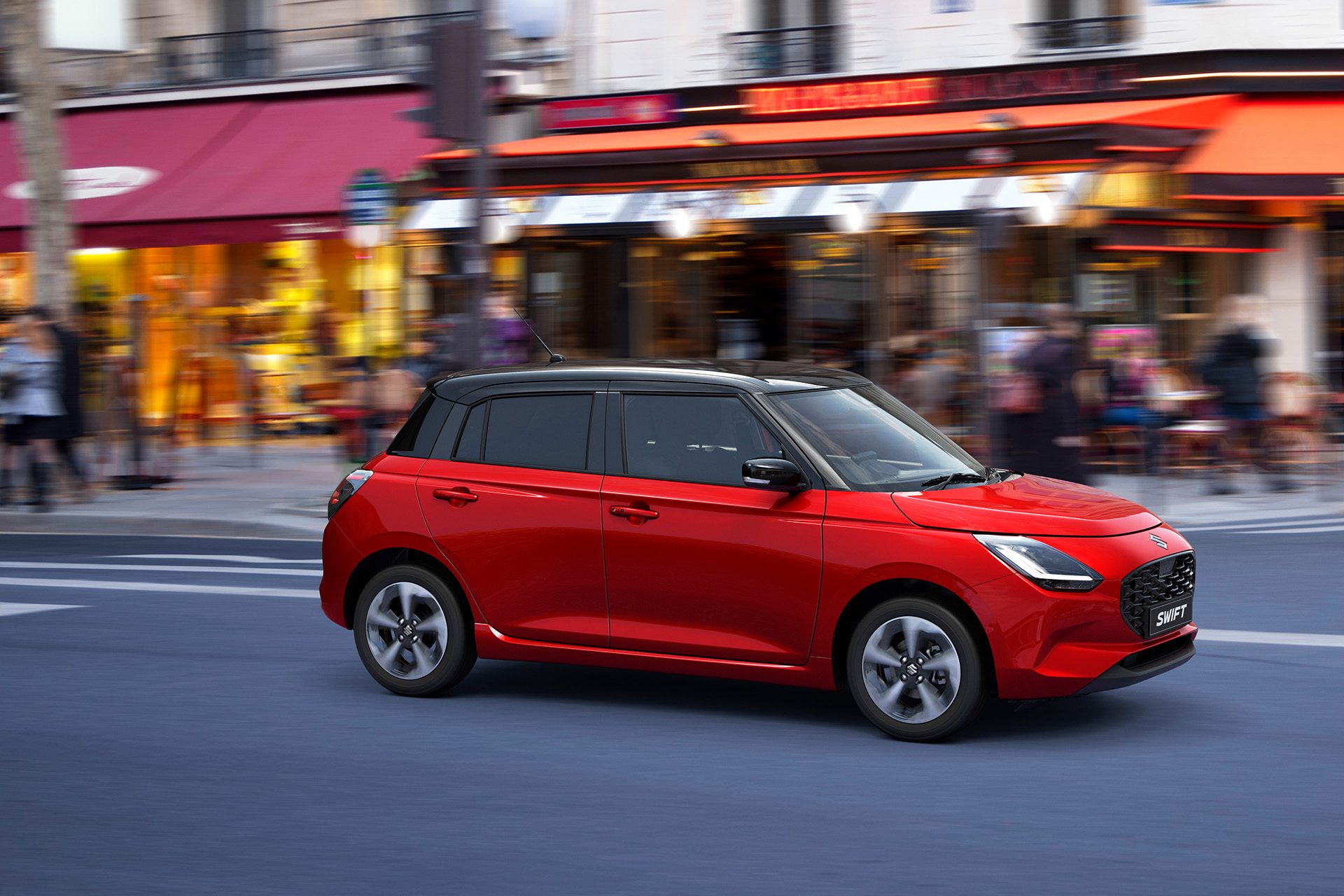
Despite a slight drop in power to 61kW, the naturally aspirated longer stroke three-pot engine develops a tich more torque (112Nm at 4500rpm). And acceleration to 100 improves marginally as a result (11.9-12.5sec, depending on transmission). That’s despite a modest increase in overall weight, said to be the result of increased chassis rigidity and added sound deadening. There’s also a small lithium ion battery under the front passenger seat for the ISG. Helping improve both acceleration and fuel use is said ISG (integrated starter generator) that brings 2.3kW and 60Nm to the party. It saves on fuel use when getting underway which is where most petrol is used. Restarts are hushed too.
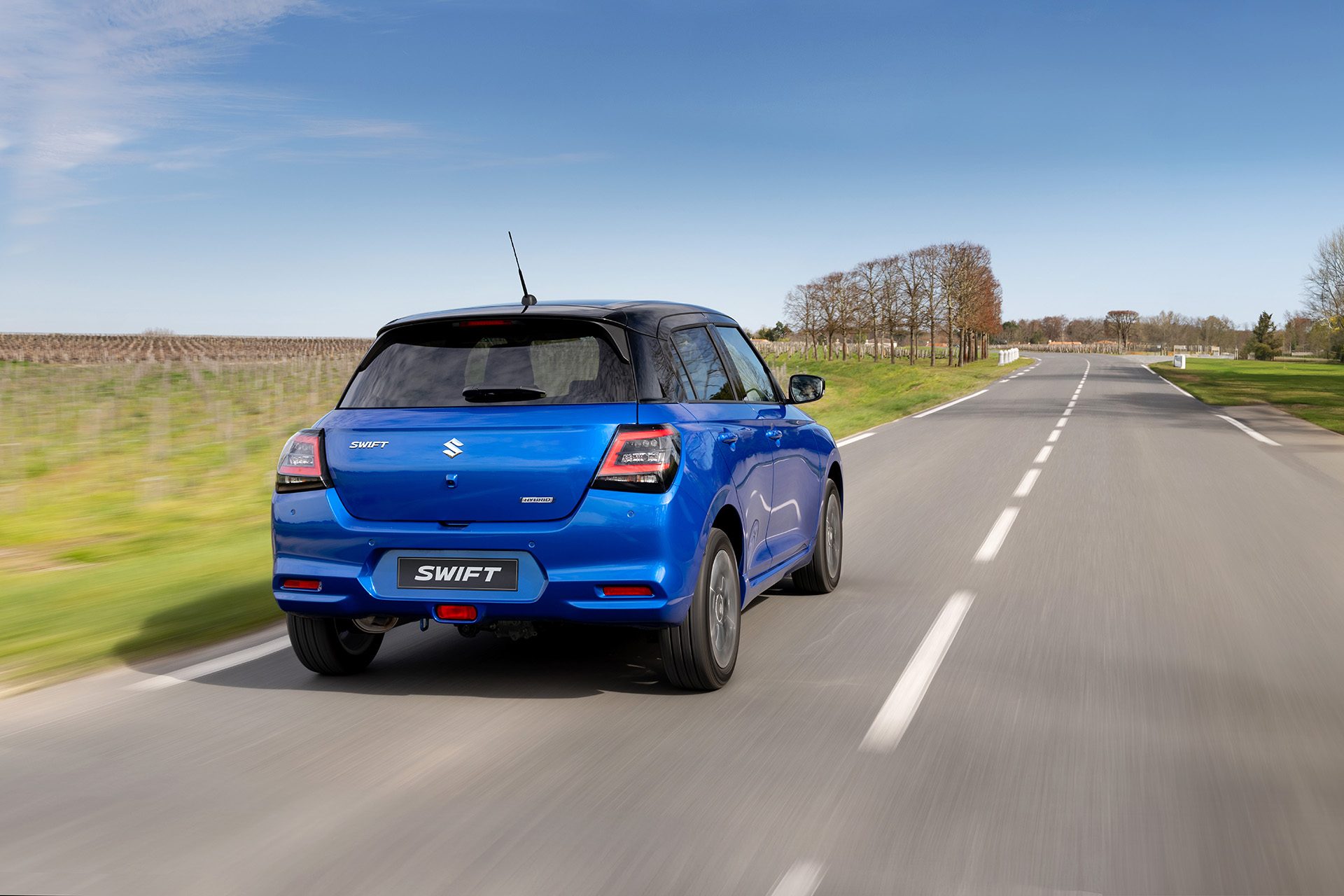
The Swift rides on an updated version of the previous ‘Heartect’ platform, featuring increased use of adhesives for more rigidity. The payoff is improved safety and NVH. Brakes were fettled too, for a more linear pedal response. A larger antiroll bar up front improves body control in cornering and also impacts on steering feel.
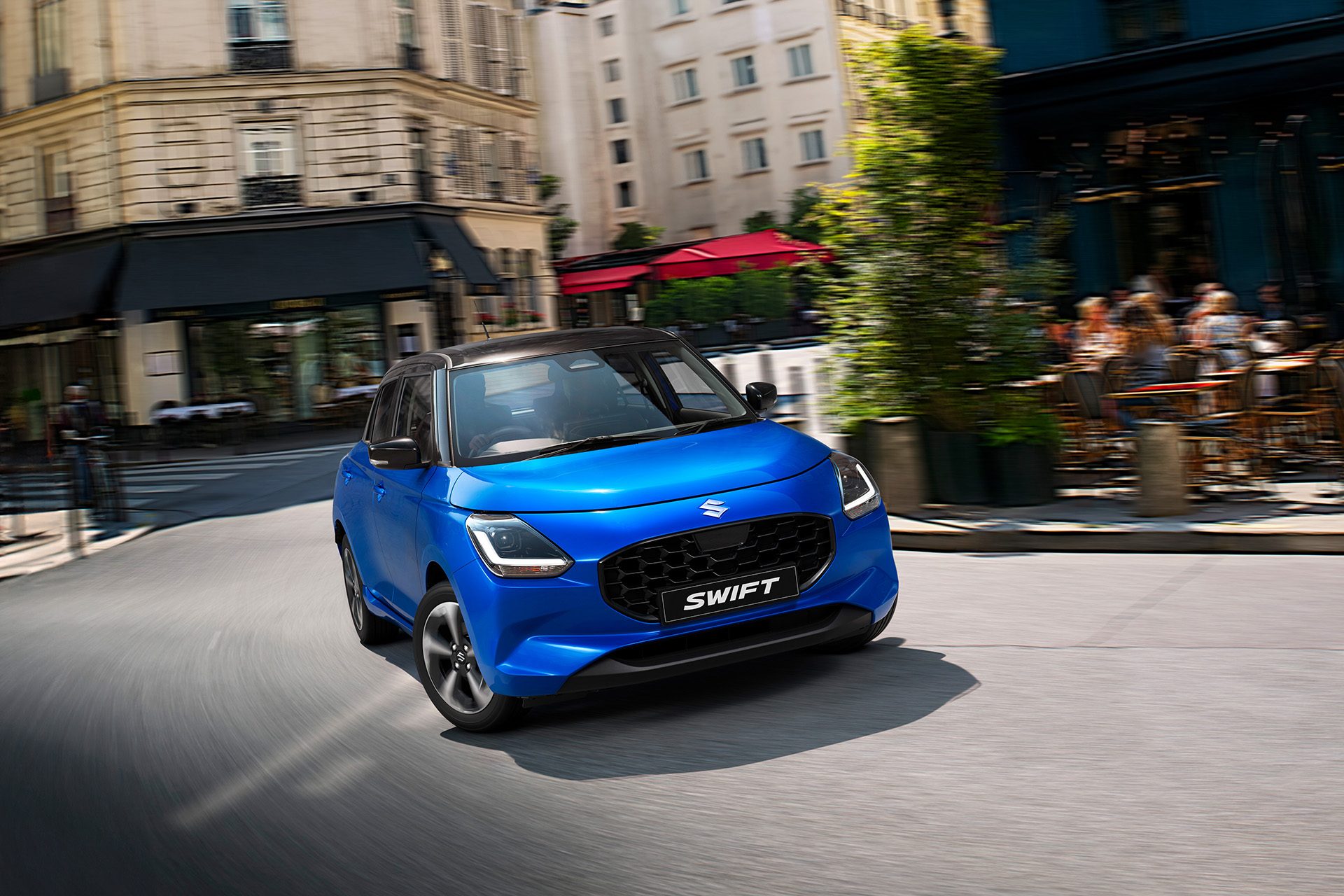
While the exterior changes are apparent, the interior wasn’t forgotten. Front seats are new with a more sculpted design, the upper RSC variant gaining two-position seat heaters up front. There’s a new nine-inch infotainment system too, incorporating wireless smartphone connectivity and sat nav. Between the analogue speedo and rev counter is a 4.2-inch LCD colour display for trip info. One item is a digital speedo readout. To the right by the door is an easily spotted stop/start button.
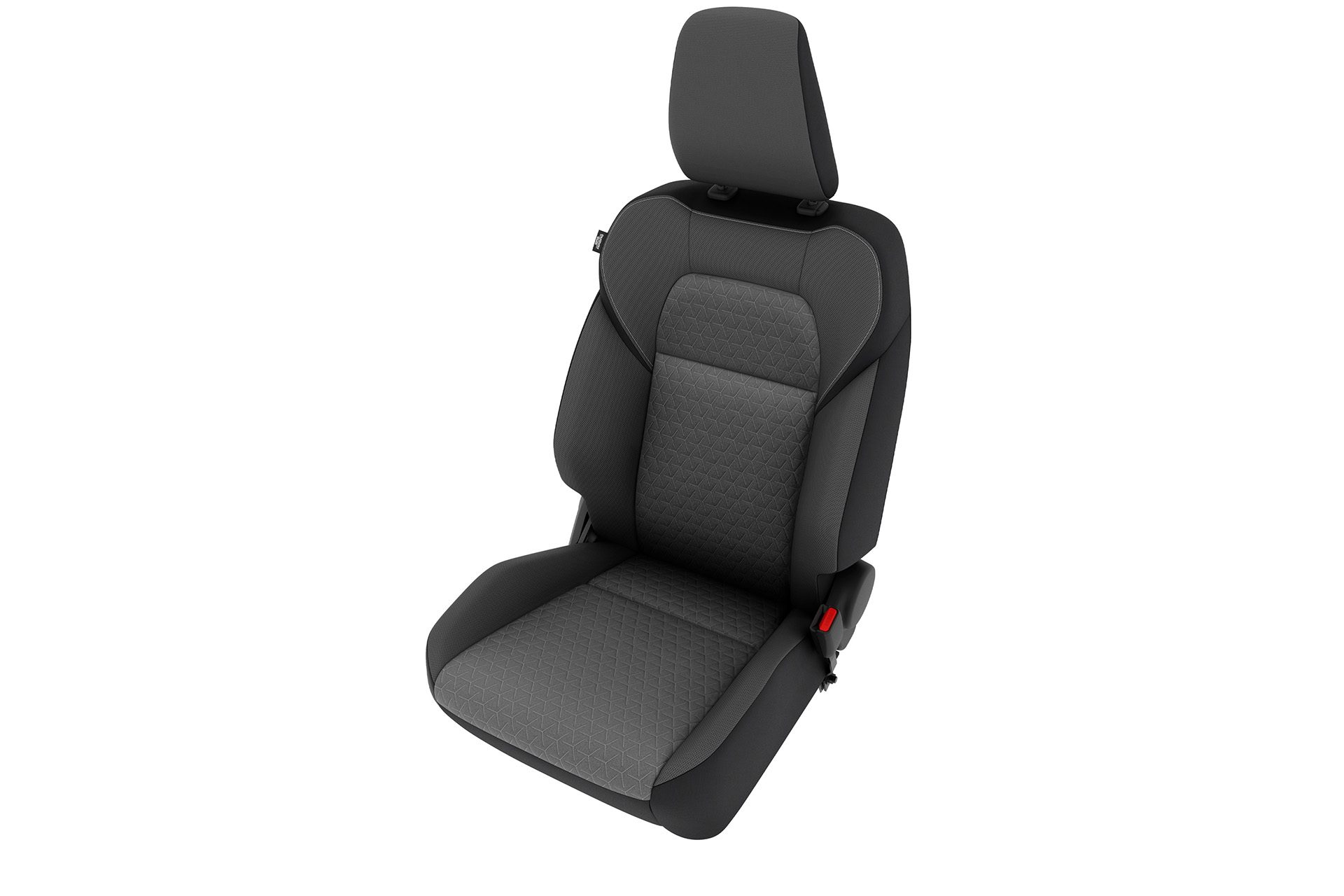
All models now feature adaptive cruise, and there’s a full safety suite. That includes traffic sign recognition, AEB, lane departure warning and lane centring, and high beam assist. There’s also blind spot monitoring and RCTA. While no NCAP rating is available as yet, we’d expect it to be on hand in the near future. At the rear, there’s no real change in luggage capacity at 265L.
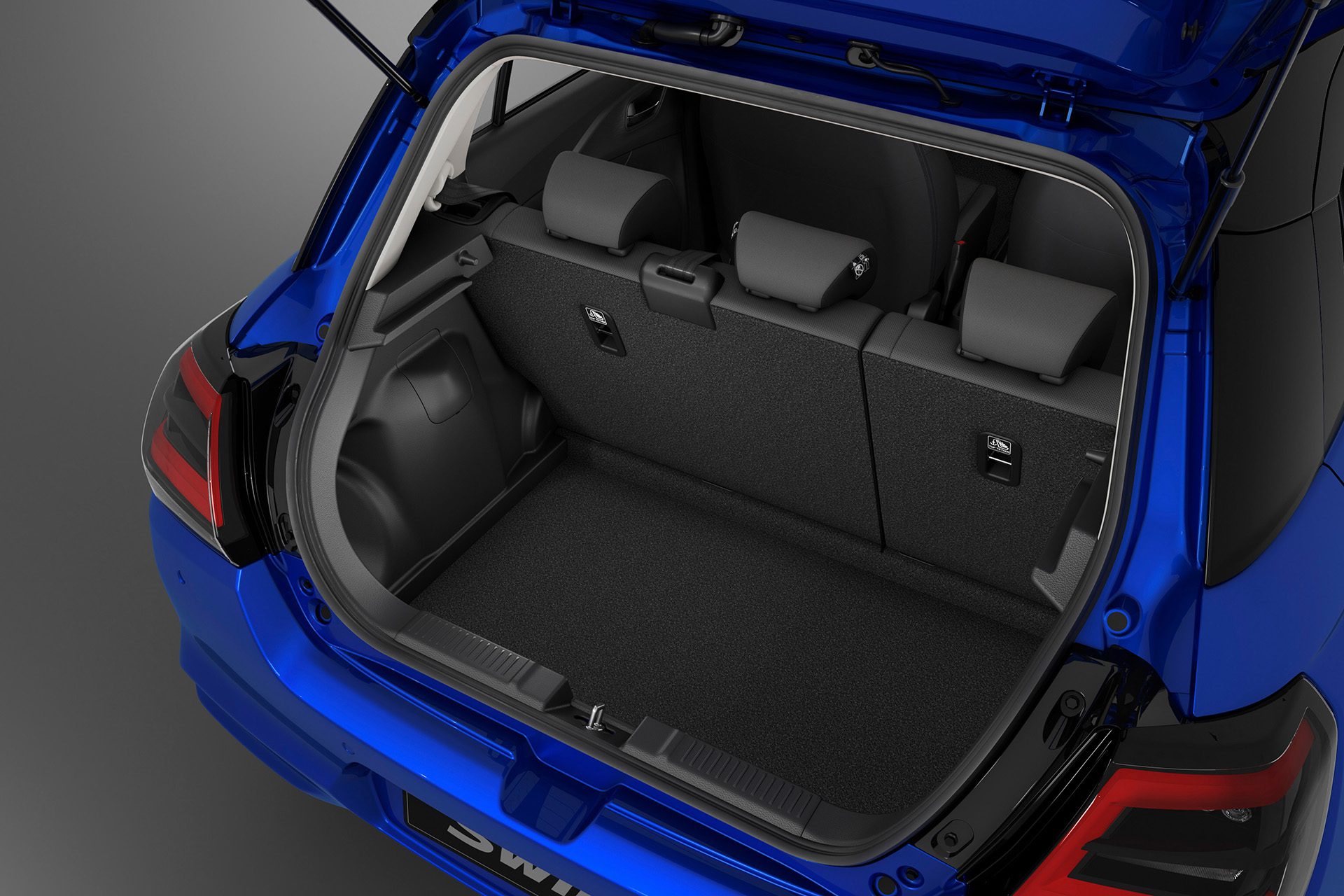
The launch drive out of Whanganui took place on roads most Kiwis would consider typical and visitors would think heavenly. We certainly appreciated the loop that took in some delightfully curve-strewn roads. There is indeed less roll, and better cornering ability than before, though the Swift starts out with a certain weight advantage of just 949kg. We felt road noise was better contained in the new model and brakes and steering seemed improved. Indeed, this seems to have more of a Swift Sport feel about it, without quite the ride firmness or the acceleration of course. And on Swift Sport, there’s no news as yet from Suzuki about the next generation hottie or whether there is even going to be one.
On the drive, we found it easier to extract the modest performance from the hybrid with the CVT than the manual; it goes best in the 4000-5500rpm range. But drifting along at 100 (2500rpm in the manual, 1800rpm in the CVT) we saw instantaneous fuel use in the threes, and some showed average fuel use figures in the low fours. This should satisfy Swift hypermilers then. And the long stroke engine allied with light overall weight should also make easygoing day to day performance a doddle.
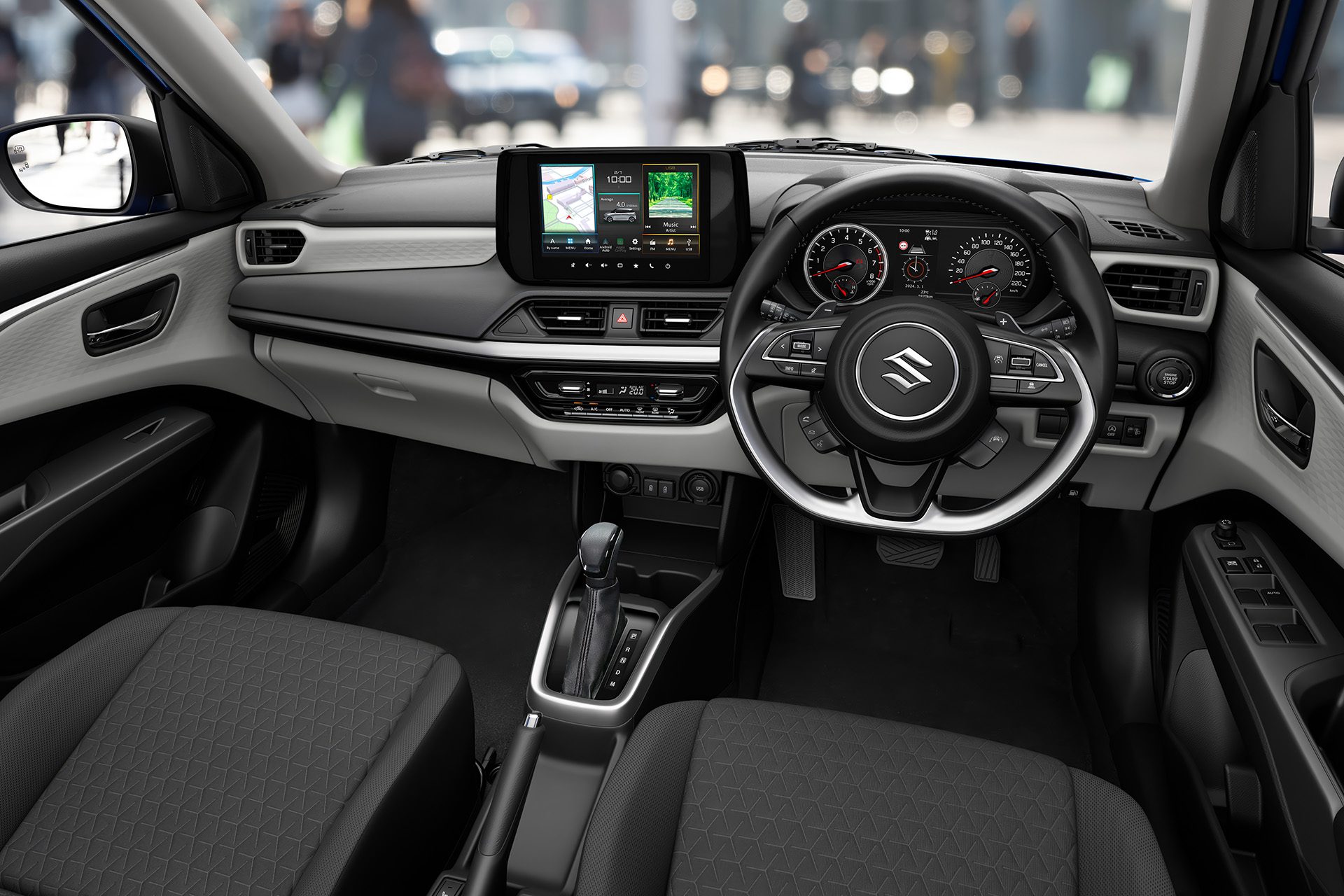
Suzuki hopes to sell almost 3000 new Swifts per annum. For those agin change, examples of the former model will continue to be sold alongside the newbie, for at least the next 12 months.
For more on new Swiftie, be sure to check out the forthcoming July issue of NZ Autocar.


